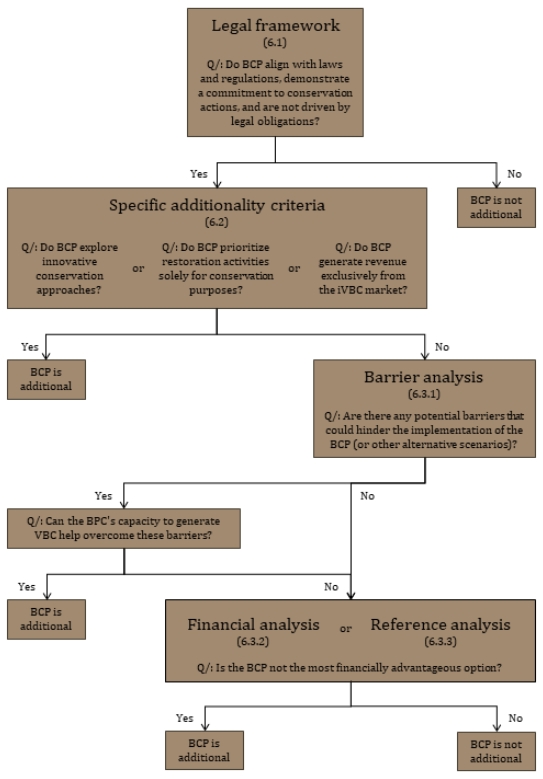

FREQUENTLY ASKED QUESTIONS
What is the purpose of the Biodiversity Programme?
The Biodiversity Certification Programme by Cercarbono provides a framework to evaluate and certify biodiversity credits. It ensures these credits are additional, scientifically robust, socially equitable, and aligned with the Sustainable Development Goals (SDGs) and the Kunming-Montreal Global Biodiversity Framework objectives.
What types of projects does the Biodiversity Programme cover?
The programme provides a comprehensive framework covering diverse interventions, such as climate change adaptation, conservation, invasive species eradication, recovery, restoration, and sustainable biodiversity use. In addition, the three levels at which biodiversity is classified (genetic, species, and ecosystems), the four ecosystem types (terrestrial, freshwater, wetlands, and marine), and integrates social and cultural contexts, including Indigenous Peoples, Local Communities, World Heritage sites, and local heritage.
What are the key criteria for evaluating biodiversity impact?
The Biodiversity Programme's criteria for assessing biodiversity impacts are founded on eight core principles. These principles define a flexible set of indicators that can be tailored to various project types. They also establish a minimum performance threshold that projects must meet to qualify for biodiversity credits.
What metrics are used to measure biodiversity gains or losses?
The core metric for calculating biodiversity gains and losses and determining biodiversity credits is:
𝑉𝐵𝐶 = 𝐼 ∗ 𝐴 ∗ t
VBC = Voluntary Biodiversity Credits.
I = Integrity.
A = Area expressed in hectares (ha).
t = Verification time expressed in months (mo).
Projects not based on specific areas may propose additional metrics tailored to their unique characteristics.
How does the Biodiversity Programme ensure transparency and accountability?
Biodiversity Programme ensures transparency and accountability through:
• Rigorous validation and verification processes.
• Public disclosure of monitoring reports projects.
• Stakeholder engagement mechanisms.
How does the Biodiversity Programme address Indigenous rights and traditional knowledge?
Biodiversity Programme acknowledges the vital role Indigenous Peoples have played in conserving biodiversity since time immemorial. Their conservation practices encompass the preservation of local species, the protection of habitats, and enhancing biodiversity resilience to environmental challenges, often achieving results that surpass those of official protected areas.
Indigenous rights and traditional knowledge are integral to our programme. We actively support the formalization of Indigenous territories and community-owned areas as official protected zones.
What is the validation and verification process?
An independent panel of experts evaluates projects to ensure compliance with program criteria. The panel will consist of a minimum of four members and will include a biodiversity specialist, a social impact advisor, a legal and compliance expert, and a community ownership and governance expert.
How many years does the Biodiversity Programme allow for retroactivity?
Biodiversity Programme offers retroactive recognition for biodiversity conservation efforts undertaken within the five (5) years prior to the start of the project. To qualify for this acknowledgment, Biodiversity Crediting Projects are required to show tangible actions that have significantly aided in the conservation of biodiversity.
How many times can the accreditation period be renewed?
Biodiversity Crediting Projects (BCPs) must initially adhere to a crediting period of ten (10) years. Following the initial accreditation period, if the BCP has not yet reached the end of its operational life, the period can be extended multiple times, for either 10-year periods or for shorter timeframes, until its lifespan or duration ends.
What is additionality?
Additionality means that, in the absence of the proposed Biodiversity Crediting Project, the positive results of biodiversity conservation activities would not have been possible.

